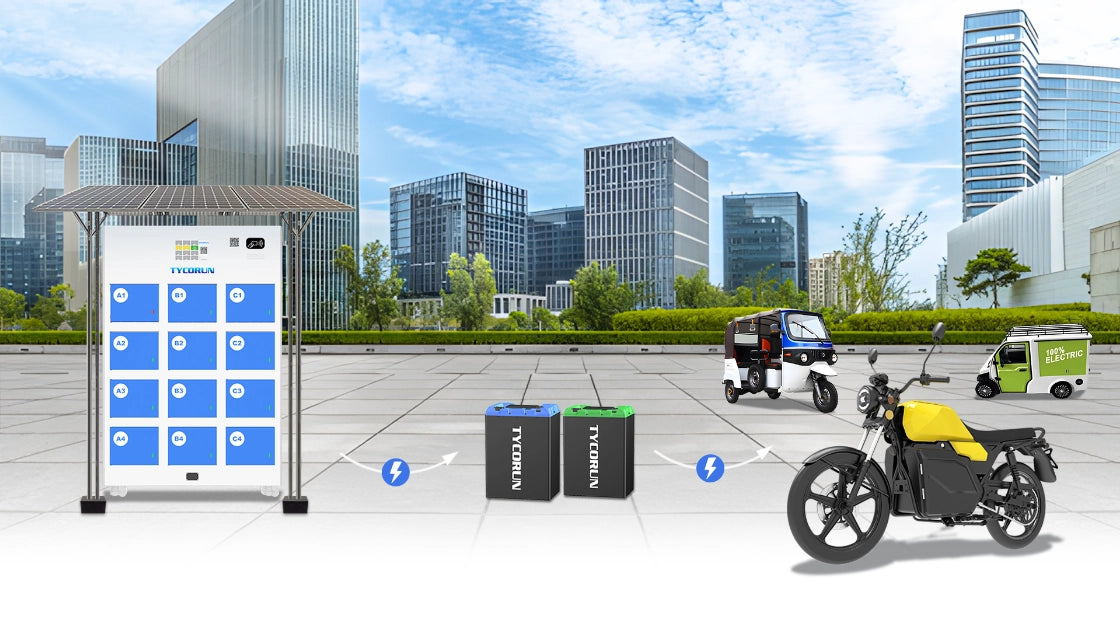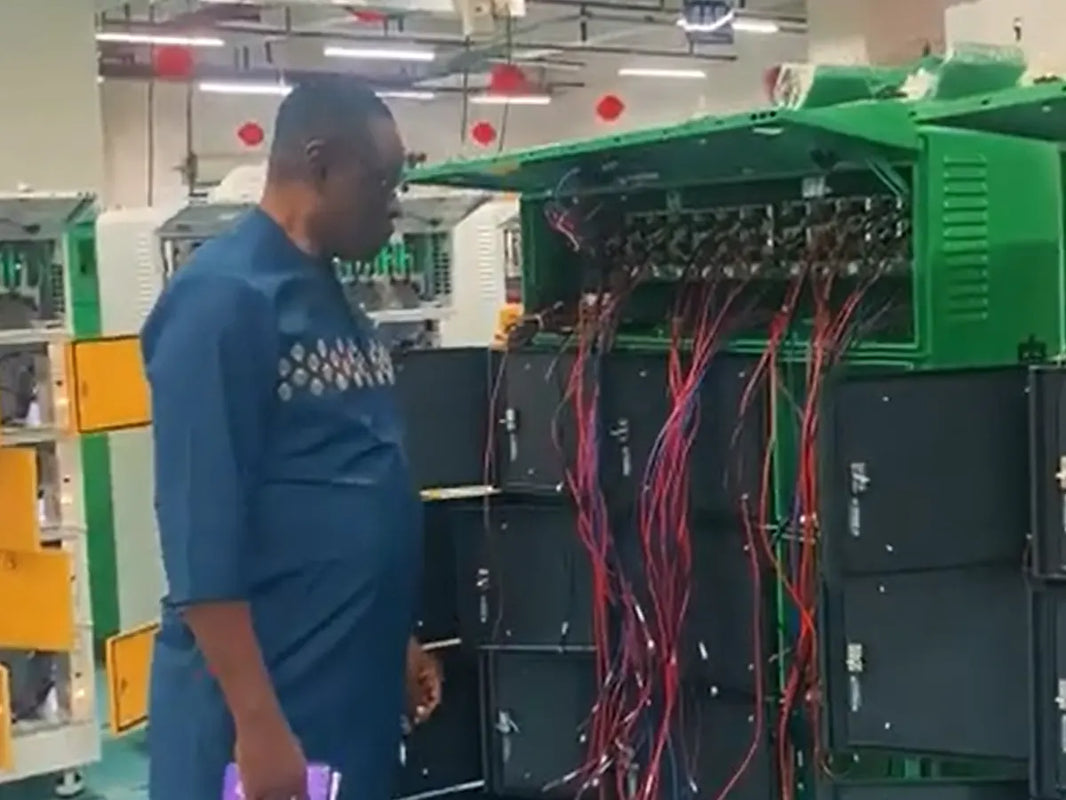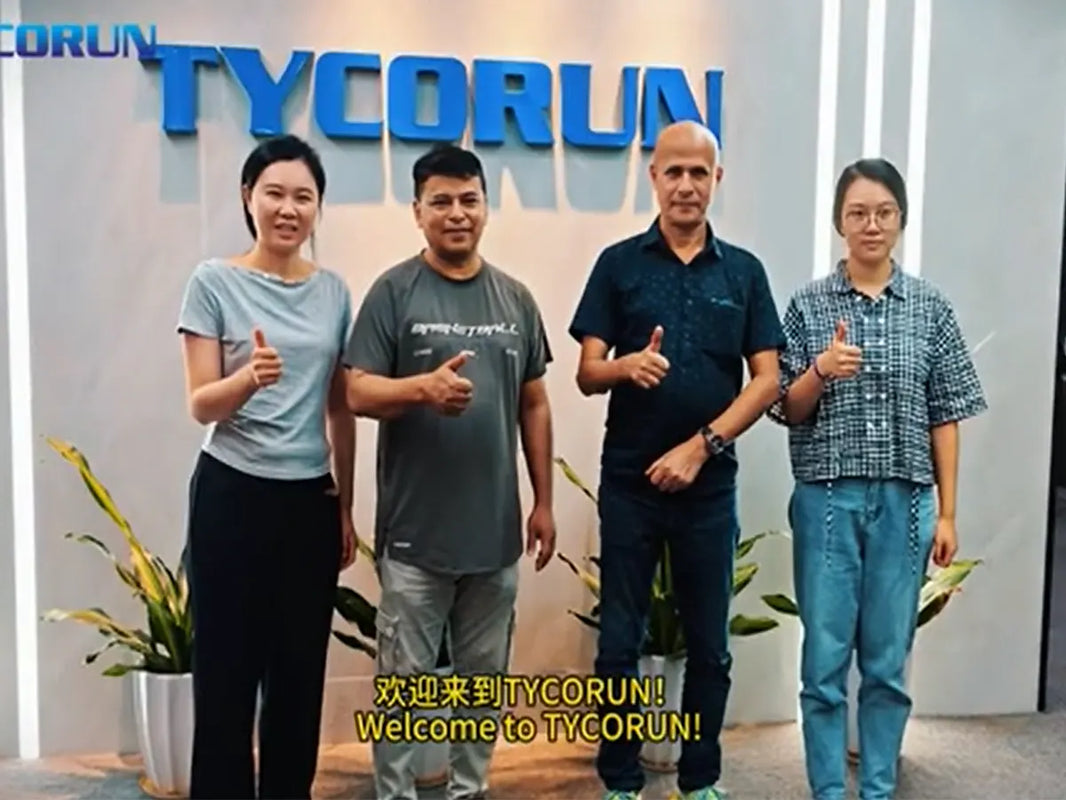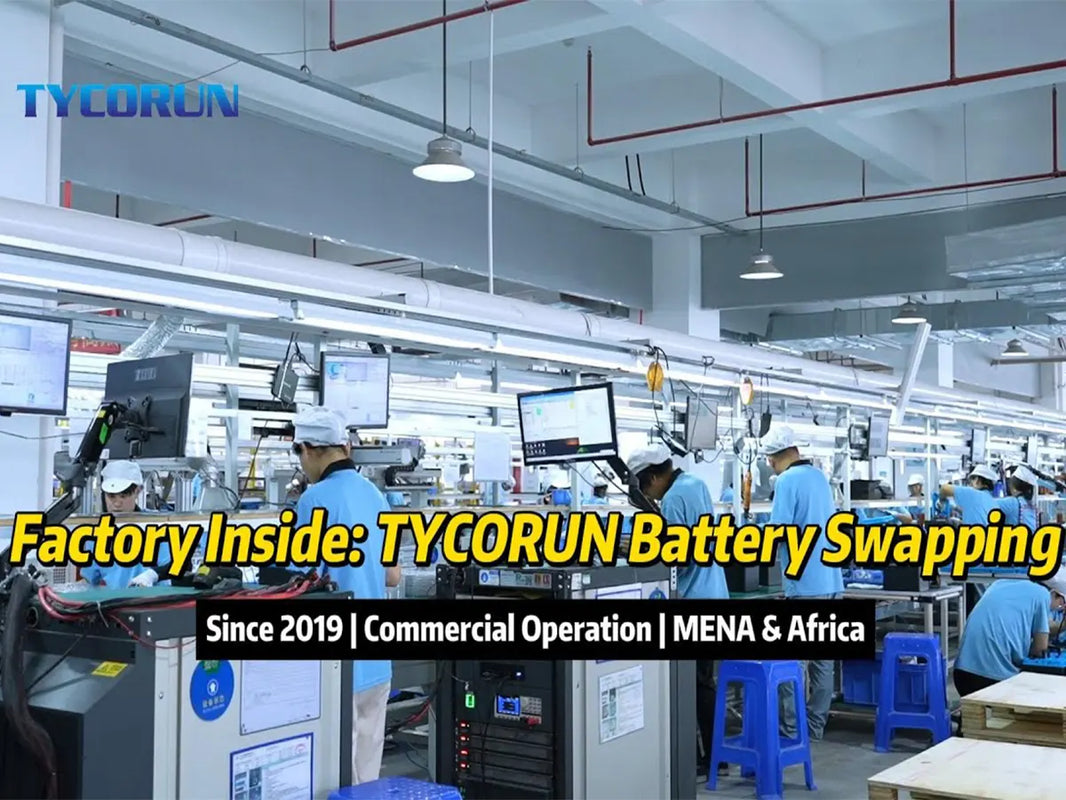Lithium-ion batteries have revolutionized modern energy use, powering smartphones, electric vehicles, and renewable energy systems. Understanding battery maximum capacity is vital for both consumers and manufacturers aiming to enhance performance and longevity.
This article explores how battery maximum capacity is determined, the key factors that cause it to degrade over time, and the latest innovations helping extend it. As technology evolves, improving capacity remains central to achieving more efficient, longer-lasting, and sustainable energy storage solutions for the future.

Main content:
- What is battery maximum capacity?
- What factors influence battery maximum capacity?
- Battery maximum capacity in lithium cells?
- The Causes of Lithium Battery Capacity Loss
- How do manufacturers measure battery maximum capacity?
- What challenges affect lithium-ion battery maximum capacity today?
- How do manufacturers extend a battery's usable maximum capacity?
- How are high capacity lithium-ion batteries used in modern applications?
- The latest trends in lithium-ion battery maximum capacity?
- Conclusion
What is battery maximum capacity?

The battery maximum capacity refers to the highest amount of energy a lithium-ion cell can store and deliver when fully charged and operating under ideal conditions. Measured in watt-hours (Wh) or ampere-hours (Ah), it shows how much power a battery can supply from 100% to 0% state of charge (SOC) under standard conditions. It’s a key indicator of performance, runtime, and efficiency.
However, this capacity isn’t constant—it changes with factors like size, chemistry, and age. Over time, as the battery completes charge and discharge cycles, its capacity naturally declines. This is known as cycle life—the number of cycles a battery can go through before its maximum capacity drops below about 80% of its original value. For instance, NMC batteries often retain 80% after 1,000 cycles, while high-quality LFP batteries can last 2,000–4,000 cycles. Tracking and managing battery maximum capacity helps predict performance, plan maintenance, and estimate total ownership cost.
What factors influence battery maximum capacity?
Several main factors determine the battery maximum capacity of lithium-ion battery cell:
1. Battery Chemistry
Different lithium chemistries store and release energy in unique ways.
- NMC (Nickel Manganese Cobalt): High energy density, moderate cycle life.
- LFP (Lithium Iron Phosphate): Slightly lower capacity but excellent safety and long lifespan.
- NCA (Nickel Cobalt Aluminum): High capacity suited for EVs, with moderate thermal stability.
2. Temperature
Operating outside the 15–30°C (59–86°F) range can reduce capacity. Heat accelerates chemical aging, while cold slows ion movement and may cause permanent lithium plating.
Temperature has a direct impact on capacity:
- High Temperature: Speeds up degradation, increases risk of thermal runaway, and reduces usable capacity.
- Low Temperature: Slows ion movement, may cause lithium plating, and decreases available power.

Modern devices use thermal management systems to keep cells within a stable temperature range, helping preserve battery maximum capacity for longer.
3. Charging Habits
Rapid charging, frequent full discharges, or overcharging can decrease capacity faster. Adaptive charging protocols help maintain battery maximum capacity over time.
4. Cycle Life
Every charge–discharge cycle slightly reduces capacity. The more cycles a battery undergoes, the lower its maximum capacity becomes.
5. Material and Design Quality
High-purity electrodes, optimized separators, and durable packaging improve ion transport and reduce degradation, preserving capacity across years of use..
Battery maximum capacity in lithium cells?
In lithium-ion batteries, the term battery maximum capacity goes beyond just a listed number — it reflects how much total energy the cell can actually store and release under ideal testing conditions. This capacity is usually measured in controlled laboratory environments where factors such as:
- Temperature — tests are often carried out at around 25°C (77°F), a benchmark also followed by manufacturers like Panasonic to ensure consistent performance results for their sel Panasonic NCR18650BM.
- Charge and discharge rates — using standard C-rates to simulate real-world operation.
- Complete charge cycles — from 0% to 100% state of charge (SOC).
At the beginning of the cell’s life (BoL), this value represents the highest energy the battery can deliver. As time passes and the cell experiences repeated cycles, its maximum capacity gradually decreases a natural effect known as capacity fade or battery degradation.
The Causes of Lithium Battery Capacity Loss
Every lithium-ion battery, no matter how advanced, will eventually lose some of its capacity. This natural process is called capacity fade.

Over time, chemical reactions inside the cell slightly alter its structure. The Solid Electrolyte Interphase (SEI) layer thickens, trapping some lithium ions and reducing usable energy. Repeated cycling also causes electrodes to expand and contract, leading to micro-cracks that limit performance.
Charging too quickly or in extreme temperatures accelerates this process. As a result, your battery maximum capacity may drop from 100% when new to 80% after a few hundred cycles.
How do manufacturers measure battery maximum capacity?
In both manufacturing and research settings, determining a battery’s maximum capacity involves carefully controlled evaluations using specialized cycling equipment and diagnostic instruments. The process generally includes:
- Formation cycles: Initial charge and discharge routines to stabilize the internal chemistry of the cell.
- Capacity measurement: Fully charging the cell, then discharging it at a fixed current rate (such as 0.5C or 1C) until it reaches the designated cut-off voltage.
- Data recording: Precision analyzers track the total energy released in ampere-hours (Ah) or watt-hours (Wh).
These tests are often repeated under different temperature and load conditions to study performance consistency, cycle life, and long-term degradation behavior.
Beyond standard cell testing, manufacturers like TYCORUN also perform similar evaluations for custom lithium ion battery packs. This ensures that even tailor-made designs meet targeted capacity and performance specifications. For example, customized 48V or 52V lithium battery packs can reach up to 2.4 kWh, providing dependable energy storage for specialized applications.
What challenges affect lithium-ion battery maximum capacity today?
Even though lithium-ion technology keeps advancing, several obstacles still limit further gains in battery maximum capacity.
- Raw Material Supply: Securing enough lithium, cobalt, and nickel remains difficult. Mining and refining these materials raise sustainability and ethical concerns about long-term resource availability.
- Recycling Efficiency: As global battery usage expands, recovering valuable metals through recycling becomes increasingly important to cut down waste and dependence on new raw materials.
- Production Cost: Developing higher-capacity cells usually requires more complex materials and manufacturing processes, which can raise overall production expenses and market prices.
How do manufacturers extend a battery's usable maximum capacity?
To maintain and extend battery maximum capacity, lithium battery manufacturers apply a mix of advanced materials, smart control systems, and precise engineering techniques.

- Advanced Materials: Nano-engineered electrodes and silicon anodes increase lithium storage and enhance battery maximum capacity.
- Protective Coatings: Limit chemical wear and unwanted reactions, preserving lithium ions for longer use.
- Smart Charging Algorithms: Manage charge speed and limits to reduce stress and extend battery life.
- Thermal Management: Cooling systems and sensors maintain stable temperatures for better performance.
- Improved Cell Balancing: Keep cells aging evenly, ensuring consistent output and efficiency.
- Battery Management Systems (BMS): Monitor cell health, balance performance, optimize charging, and predict remaining lifespan.
How are high capacity lithium-ion batteries used in modern applications?
High-capacity lithium-ion batteries serve a wide range of modern technologies.
- Consumer Electronics: They power smartphones, laptops, and other devices for longer hours, improving convenience and mobility.
- Electric Vehicles (EVs): Greater capacity allows EVs to cover longer distances on a single charge, reducing range anxiety and boosting adoption.
- Renewable Energy Storage: These batteries store excess power from solar and wind sources, ensuring a steady electricity supply during low-generation periods.
- Aerospace: Their lightweight and high energy density make them ideal for aircraft and spacecraft, supporting innovation and efficiency in aviation technology.
The latest trends in lithium-ion battery maximum capacity?
The maximum capacity of lithium-ion batteries has improved dramatically over the years. Early versions could only hold around 500–1000 mAh, but today’s smartphone batteries can easily exceed 3000 mAh. In the electric vehicle world, lithium-ion battery packs now reach 60 kWh or more, allowing cars to travel farther on a single charge.
Still, innovation continues. Scientists are pushing to boost the maximum capacity of lithium-ion batteries even further by experimenting with new materials and designs. Solid-state batteries, for example, replace liquid electrolytes with solid ones, offering higher energy density and better safety. Meanwhile, lithium-sulfur and lithium-air technologies show promise for next-generation energy storage with capacities that could go far beyond today’s standards.
Conclusion
Battery maximum capacity is a fundamental metric that defines how long and how efficiently lithium cells can power devices. By understanding what influences it and how to maintain it, both consumers and manufacturers can ensure better performance, longer life, and more sustainable energy use. Modern innovations are pushing capacity higher while making batteries safer and more durable, paving the way for smarter technology and a cleaner future.
Related Articles: Lithium ion battery life, Battery discharge capacity, Lithium-ion battery voltage
















